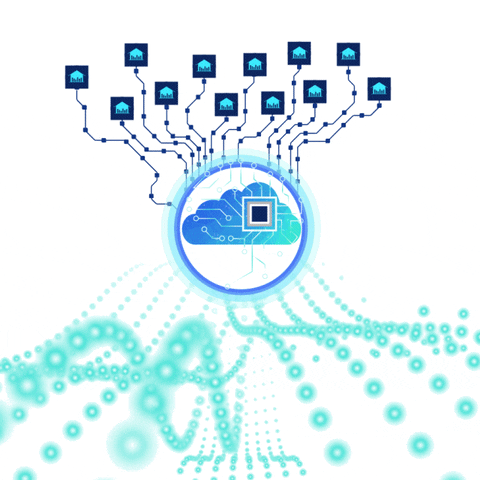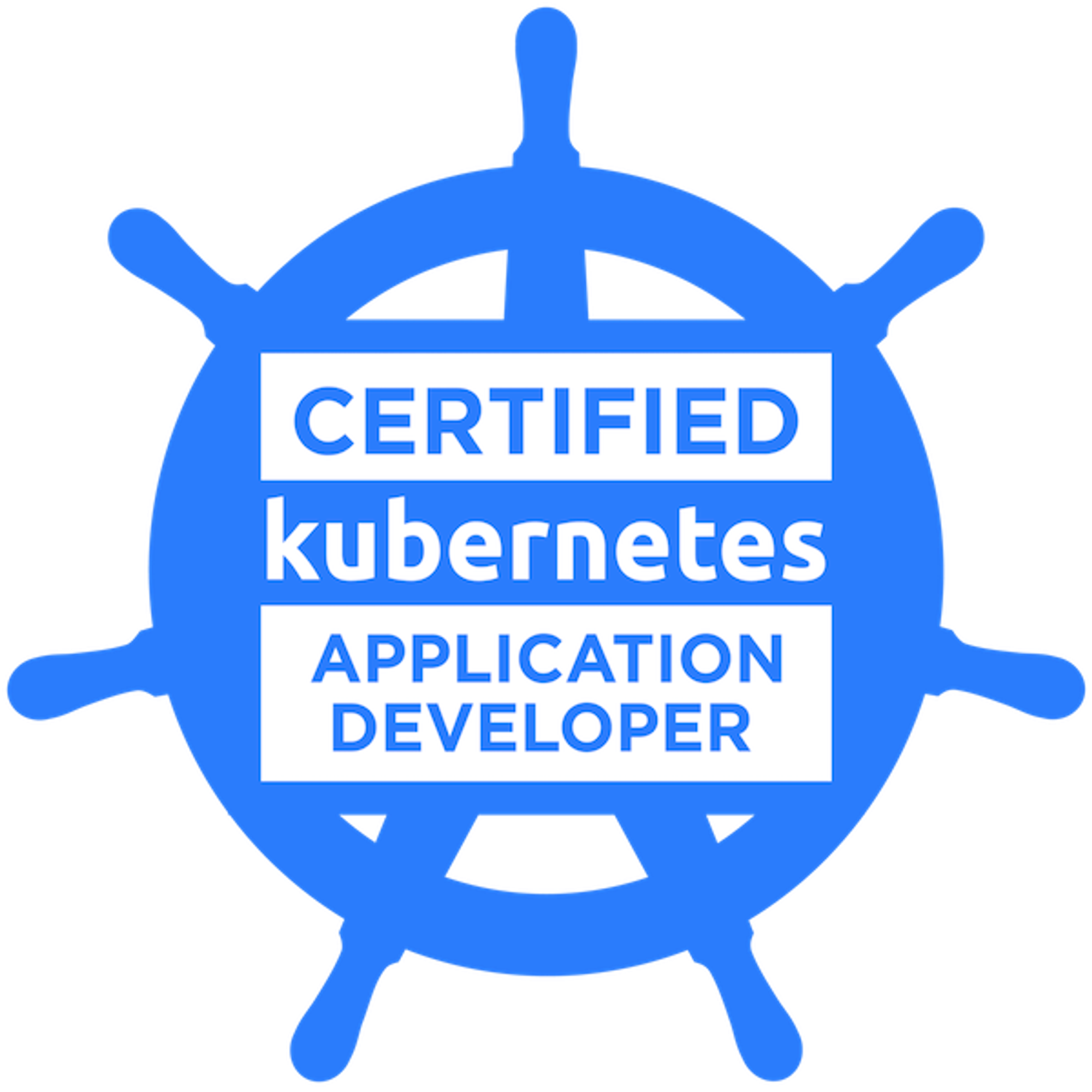IntroductionWhat is an API?Why do we need APIs?What are the challenges of API development and management?ConclusionAbout AuthorsSai Manasa IvaturiSrinivas vaddi
Introduction

APIs are the building blocks of modern applications. They enable developers to create software systems that are modular, scalable, and interoperable. APIs allow different components of an application to communicate with each other and with external services, such as databases, cloud platforms, or third-party APIs. APIs also facilitate the reuse of existing code and functionality, reducing development time and cost.
However, developing and managing APIs is not a trivial task. It requires careful planning, design, documentation, testing, and maintenance. Without proper tools and standards, APIs can become inconsistent, unreliable, and insecure. This can lead to poor user experience, increased technical debt, and reduced business value. Therefore, it is essential to adopt best practices and methodologies for API development and management.
One of the most widely used and recognized standards for API development is OpenAPI. OpenAPI is a standard specification for describing APIs in a human- and machine-readable format. It can help developers to design, document, test, and consume APIs more efficiently and consistently.
In this blog series, we will try to understand how to create an OpenAPI specification for a basic to-do list app and how it can simplify the API development process by means of leveraging a client generated with an OpenAPI Spec.
Recommended must read - https://www.openapis.org/what-is-openapi
What is an API?
An API (Application Programming Interface) is a set of rules and protocols that defines how different software components or systems can interact with each other. An API specifies what operations can be performed, what data can be exchanged, and what format should be used.
For example, an API for a to-do list app might define how a client (such as a web browser or a mobile app) can create, read, update, or delete tasks on a server (such as a database or a cloud platform). The API might also define how the client can authenticate itself, how the server can respond to errors, and how the data should be structured (such as JSON or XML).
Why do we need APIs?
APIs are essential for modern application development, as they enable a flexible and decoupled approach to building systems. Some of the benefits of using APIs are:
- Modularity: APIs allow developers to divide a complex system into smaller and simpler components that can be developed independently and reused across different projects.
- Scalability: APIs allow developers to handle increasing demand by adding more resources or distributing the load among multiple servers without affecting the functionality or performance of the system.
- Interoperability: APIs allow developers to integrate different systems or services that use different technologies or languages without requiring complex conversions or adaptations.
- Reusability: APIs allow developers to leverage existing code and functionality from other sources without having to rewrite or reinvent them.
- Innovation: APIs allow developers to create new features or products by combining or extending existing APIs from other providers.
According to this article, 97% of enterprise leaders agree that APIs are vital for their business. Moreover, Postman reports that there are over 121 million API collections - which shows the widespread use of APIs in various domains. Even internal APIs are very useful and can be monetized, so there is a great increase in the APIs everywhere!
What are the challenges of API development and management?
Despite the advantages of using APIs, developing and managing them is not an easy task. It involves many challenges such as:
- Design: Developers need to design an API that is clear, consistent, intuitive, and easy to use for both humans and machines. They also need to consider factors such as security, performance, reliability, versioning, and compatibility.
- Documentation: Developers need to document an API that is accurate, complete, up-to-date, and understandable for both humans and machines. They also need to provide examples, tutorials, references, and support for the users of the API.
- Testing: Developers need to test an API that is functional, robust, secure, and compliant with the specifications. They also need to monitor the performance, availability, usage, and errors of the API.
- Consumption: Developers need to consume an API that is compatible with their needs and expectations. They also need to handle authentication, authorization, pagination, rate limiting, caching, error handling, and data parsing.
Without proper tools and standards, these challenges can become overwhelming and time-consuming for developers. This can result in poor-quality APIs that are hard to use or maintain.
Designing an application with APIs requires more than just defining the features and functionalities. It also requires defining the interfaces that will enable communication between different components of the system using HTTP requests and responses. For example, for a to-do list app, we need to specify:
- The endpoints (such as
/todoor/todo/{id}) that expose the API operations
- The parameters (such as query, path, header, or body) that provide input or output data
- The data formats (such as JSON or XML) that represent the request or response body
- The response codes (such as
200 OKor404 Not Found) that indicate the status of the API operation
- The documentation (such as descriptions or examples) that explain the purpose and usage of the API operations
However, designing an application with APIs can pose several challenges, such as:
- How to ensure consistency and clarity across different API operations
- How to communicate the design and expectations to other developers and stakeholders
- How to keep track of changes and versions of the APIs
- How to test and validate the APIs
- How to generate documentation and code for the APIs
To address these challenges, we can use OpenAPI, a standard specification for describing APIs in a human- and machine-readable format. OpenAPI can help us to design, document, test, and consume APIs more efficiently and consistently.
In a typical enterprise, there can be thousands of APIs that work together to support the functionality and lifecycle of an application. However, managing these APIs can be difficult without a standard way to design, document, test, and generate code for them. Moreover, sharing and reusing the APIs can be challenging without a common format that can be easily understood by humans and machines. This is where OpenAPI comes in handy.
Conclusion
In this part of the blog series we have discussed what are APIs and the general challenges around the development of APIs and arrived at the point to understand why we need to follow some standardization in designing APIs.
In the next article we shall discuss about the the OpenAPI Specification, its building blocks and then will go on for generators the prime reason why we started this series!
About Authors
Sai Manasa Ivaturi
I'm a Software Development Engineer based in Atlanta, Georgia with 5+ years of experience in the software industry. My focus area has been Backend development and full-stack development.
View my Resume here.
Masters Degree in Computer Science Indiana University, Bloomington
Jan 22 - May 23
Bachelors Degree in Computer Science Pragati Engineering College, India
Aug 14 - April 18
Srinivas vaddi
Hi! I’m a recent master’s graduate from Indiana University Bloomington (IUB) 🎓 and a Software Development Engineer with 4+ years of experience. Looking for #jobs!
My areas of expertise are Software Development, DevOps, Testing, Integration, Data Engineering and Data Analytics. Mostly worked on Python, Django/Flask, Apache Airflow, Apache Spark, AWS, and DevOps. I have a versatile background & a ‘can do’ attitude 🤓.
I like blogging and sharing knowledge. I’ve built a server at home from scratch! I used it to learn various technologies and to contribute to the open-source. I love tech, philosophy, literature, and history. My favorite books 📚 of all time are ‘The Alchemist’ and ‘Chanakya Neeti’ 🙌.
Masters Degree in Computer Science Indiana University, Bloomington Aug 23, 2021 → Dec 17, 2022
Bachelors Degree in Computer Science Gitam University (Deemed to be) Jun 1, 2014 → Apr 1, 2018
























